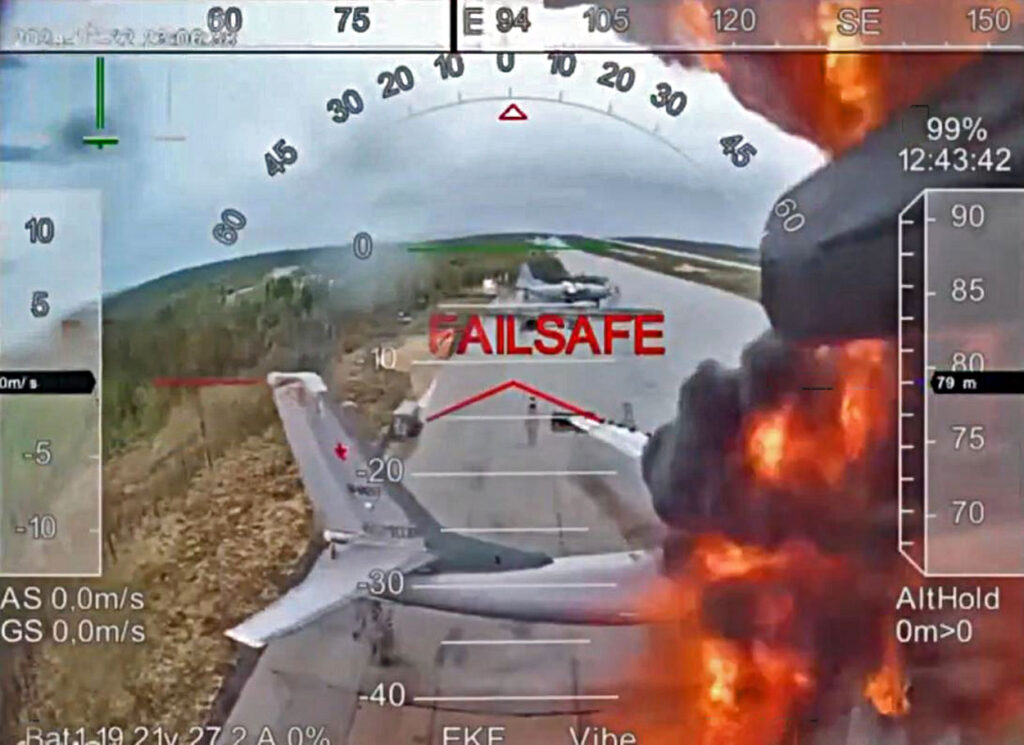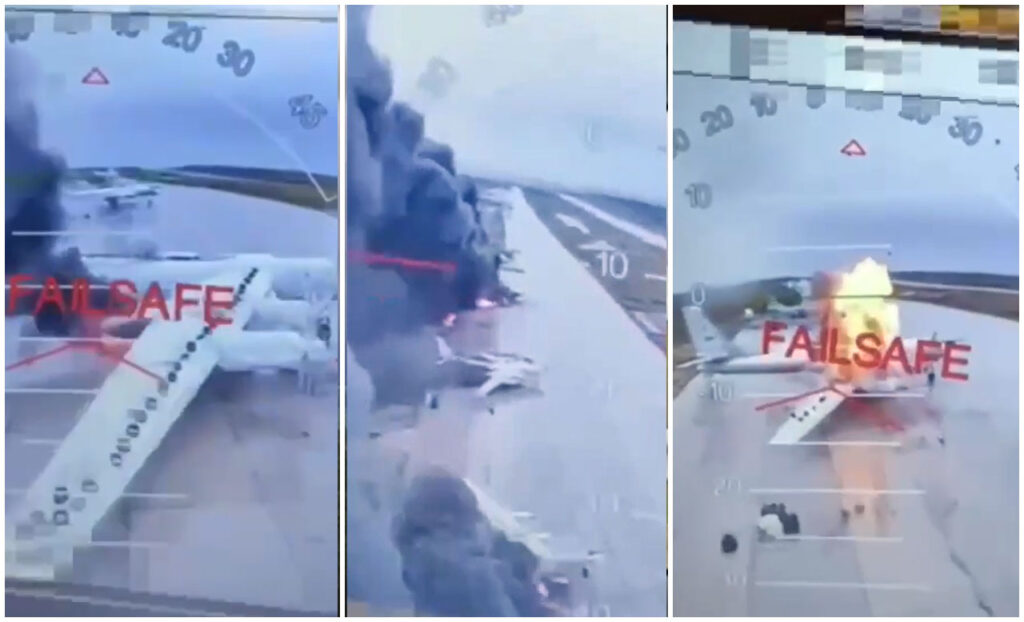Russia’s Tu-160 bomber use in missile attack last night proves Tu-95 shortage after operation Spiderweb, Militarnyi says

On 6 June, Russia involved its Tu-160 strategic bombers in last night’s cruise missile strike against Ukraine, according to Ukraine’s Air Force. Usually, only older Tu-95 aircraft carried out such attacks, now both Tu-95s and Tu-160s were used to launch 36 Kh-101 missiles. Militarnyi notes that the use of Tu-160s in such attacks is unusual and signals a potential shortage of Tu-95MSM bombers, which are typically used for these operations.
According to Militarnyi, Tu-95MSM bombers are generally favored for missile strikes because of their higher airframe and engine longevity, which is attributed to several factors: lower flight loads, simpler construction, use of turboprop engines, and suitability for long-duration patrol missions at cruising speeds of approximately 750 km/h at altitudes of 8–10 km. These conditions impose less wear on the aircraft compared to supersonic flight.
Breaking: Russian strategic bombers ablaze en masse under SBU drone attack (video)
Higher operational costs and faster degradation
The Tu-160 is faster and more powerful than the Tu-95 but is significantly more complex to operate, according to Militarnyi. It features variable-sweep wings, which require additional mechanical systems, and it is designed for supersonic speeds that place heavier structural loads on the airframe and engines. These factors result in faster degradation during service and much higher operational costs, both in fuel consumption and maintenance.
Satellite images reveal wreckage of Russian strategic bombers after Ukraine’s Spiderweb drone operation deep in Russia
Ukrainian “Trojan horse” operation Spiderweb likely caused Tu-95MSM shortage
Militarnyi says the increased use of Tu-160 bombers is likely the result of losses sustained during the Ukrainian Security Service’s (SBU) Operation Pavutyna (“Spiderweb” or “Cobweb”). During that operation, at least eight Tu-95 bombers were reportedly hit—either destroyed or damaged—on Russian airbases.
Per Militarnyi, the following Tu-95 aircraft were identified as damaged or destroyed:
- RF-94120 “Kozelsk” (Belaya airbase), confirmed as modernized to Tu-95MSM
- RF-94132 “Voronezh” (Olenya airbase), also modernized to Tu-95MSM
- RF-94257 “Chelyabinsk” (Olenya airbase), confirmed as Tu-95MS as of 2021, though later modernization is not ruled out
- Five additional Tu-95 aircraft, unspecified in their modernization status, were also hit at Belaya and Olenya airbases but have not yet been identified
Read also
-
Satellite images reveal wreckage of Russian strategic bombers after Ukraine’s Spiderweb drone operation deep in Russia
-
Spiderweb operation: This is how Ukrainian drones destroy Russian bombers that attack Ukraine
-
Putin “gives the finger” to the entire world, Zelenskyy says after Trump’s call with Russian president






